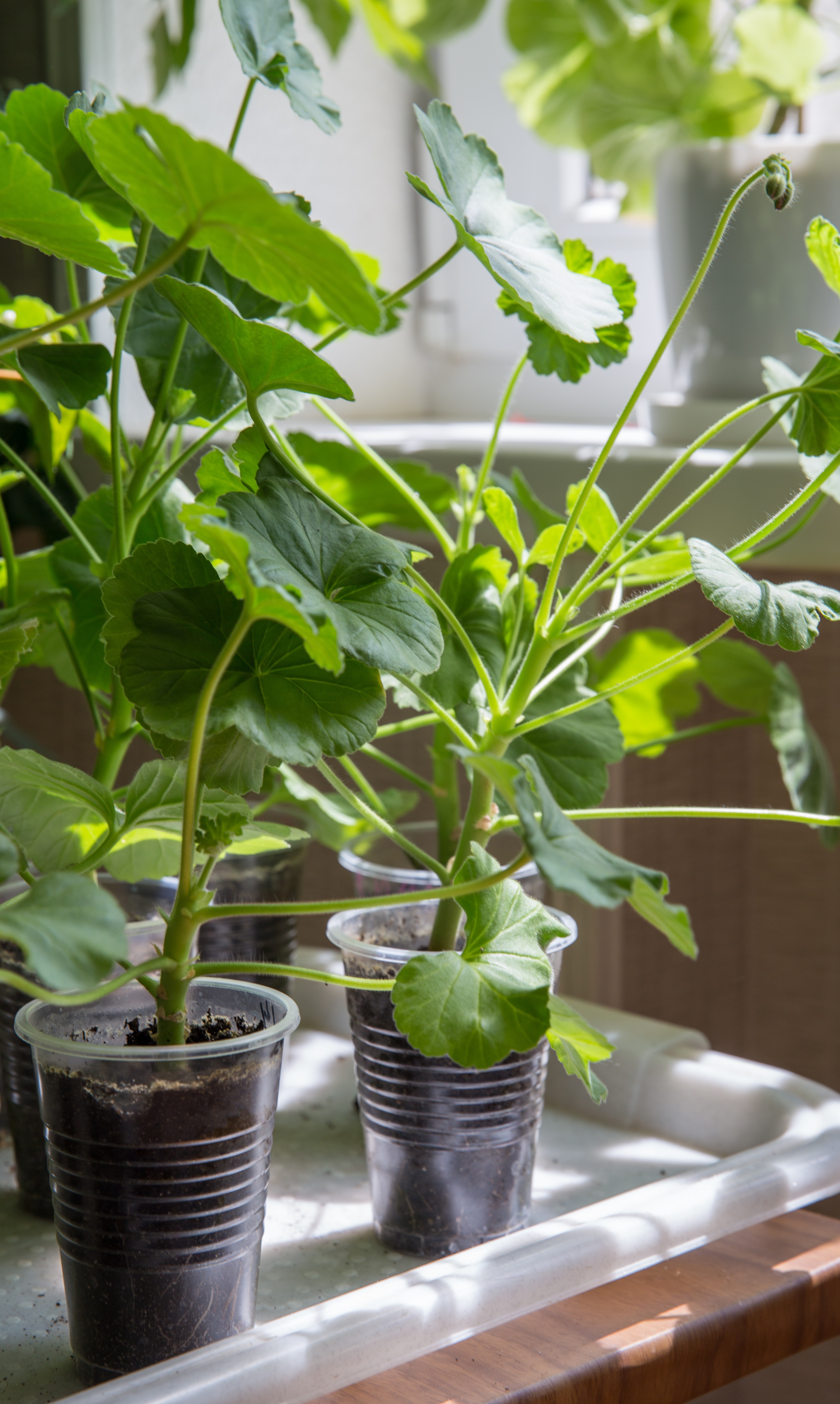Main Banner

Indoor Farming - higher yields while growing inside
Vertical and Indoor Farming
Vertical agriculture is a term used in future technology to enable farming and mass production of plant and animal products in congested urban areas in multi-storey buildings. It is thus a special form of urban agriculture. Based on circular economy and hydroponics under greenhouse conditions, fruits, vegetables, edible mushrooms and algae are to be produced year-round in building complexes on several superimposed levels. Proponents of vertical farming argue that traditional agricultural production should be returned to a natural state of origin and that energy costs for transport from producers to consumers can be reduced as a result. Moreover, the circular economy minimises the greenhouse effect of atmospheric carbon dioxide.
Vertical Farming
As the name implies, vertical farming is when food is grown on levels that are stacked on top of each other going upward. This type of indoor farming requires a fairly large and tall building, a lighting system, a way to make sure all the plants get the water and nutrients they need, and some type of system for monitoring the plants, like sensors or some kind of software.
Hydroponic Farming
Hydroponics is a farming method that uses water as the main source of nutrient uptake in plants. Commonly hydroponic systems require water, a nutrient-rich solution containing nutrients commonly essential for plant growth (e.g. nitrogen, phosphorus, etc.), and artificial light. Hydroponic systems can be as small as an appliance that fits on a kitchen counter to as large as a warehouse made to produce food for the market.
Aquaponics
The aquaponics method that goes back to having the roots rest in water most of the time, but attempts to solve the problem of producing a nutrient rich solution by adding fish to the water tank. The waste produced by the fish works as a source of nutrients that can dissolve into the water and be taken up by the plants. This sustainability-focused approach then also adds a source of meat to be farmed as well as the produce made above the water.
Types of Food that can be produced Indoors
While grains like barley and wheat are still grown outdoors in massive fields, many vegetables and fruits have proven to be exceptionally easy to farm indoors.
According to the National Agricultural Statistics Service, which is part of the United States Department of Agriculture, the following list of fresh produce is regularly grown “under protection,” which includes farming indoors:
- Cucumbers
- Herbs
- Lettuce
- Peppers
- Strawberries
- Tomatoes
A study of the vertical farming industry in North America commissioned by Monark Group in September 2016 found that (in addition to the previously mentioned foods) indoor farming also often includes other vegetables and fruits like:
- Summer squash
- Eggplant
- Cantaloupe
- Microgreens & Sprouts
- Spinach
- Mushrooms
That study further states that there is potential to grow many pharmaceutical crops indoors, as well.
The Advantages of Indoor Farming
Indoor farming has many advantages over traditional farming practices.
Less land usage
As mentioned previously, a vertical farm can grow a lot more plants on a given area of land than a single outdoor field. In densely populated regions where there may not be much arid land for agriculture, this can be extremely helpful.
Urban agriculture
Indoor farms do not require a lot of open space to operate, especially vertical farms. Old, unused industrial buildings in urban areas can easily be repurposed for indoor farming.
Growing in urban areas can potentially stymie the progression of climate change by allowing cultivated land to rewild.
Decreased transportation
In addition to allowing for year-round growing, indoor agriculture also makes it possible to grow food in regions where that food doesn’t normally grow, thus helping to cut down on transportation of foods.
Instead of hauling food into a city, crops can grow right in the middle of the city. Instead of having to ship vegetables into dry, inhospitable regions or excessively cold regions, it is now possible to grow the food right there.
By cutting down on the amount of time in transit, food stays fresher for longer periods of time and cuts down on food waste.
Year round yields
Unhampered by weather, indoor farms can grow food 365 days per year. It’s never too cold, too snowy or too windy for plants. Growing indoors means operating within a food system that’s not at the mercy of climate change.
Healthier and more abundant crops
Being able to optimize everything about a plant’s growing cycle, from the amount of nutrients they get to the amount of light they receive, means farmers can grow healthier and more abundant crops.
More environmentally friendly
Crops grown indoors do not require pesticides or herbicides, traditionally are grown with less water, and they don’t cause fertilizer runoff, which can be detrimental to the local environment. It is true that indoor farming is energy intensive, but many indoor farming operations offset this high use of energy by taking steps to use as much renewable energy as possible.
Indoor Farming and the Future of Agriculture
Because of its ability to grow healthy, bountiful food virtually anywhere year-round, indoor agriculture has the power to reshape the entire agricultural industry.
Looking into the future, it is conceivable that every urban center will have at least one indoor farming operation in its midst. We may see, at some point, new commercial or residential buildings erected with a portion of their floors dedicated to indoor farming to help feed the people in that building.
There will be less need to transport food long distances if it can be grown on-the-spot and shipped just a short distance from one building to another or even just one floor to another.
With indoor farming, agriculture may go back to its roots of being small, highly localized operations instead of sprawling, industrial mega-farms that generate mountains of waste. And, such operations will have the additional benefit of being able to supply locals with freshly grown produce in all seasons.
Our Partners

Gabriel
Allround
Team









